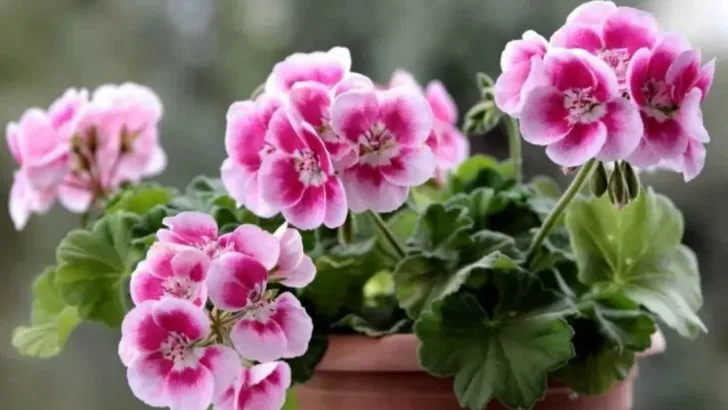Plants in the classroom? More than decoration—they’re secret weapons for sharper minds. Picture this: greenery that doesn’t just brighten the room, but actually helps students zero in, calm down, and soak up knowledge like never before. These 24 teacher-approved plants are like silent study buddies, working overtime to boost focus and chase away distractions. Forget the boring classroom vibe—bring in a splash of life that fuels brains and sparks curiosity. Ready to turn your classroom into a green powerhouse? Let’s grow some genius.
Spider Plant
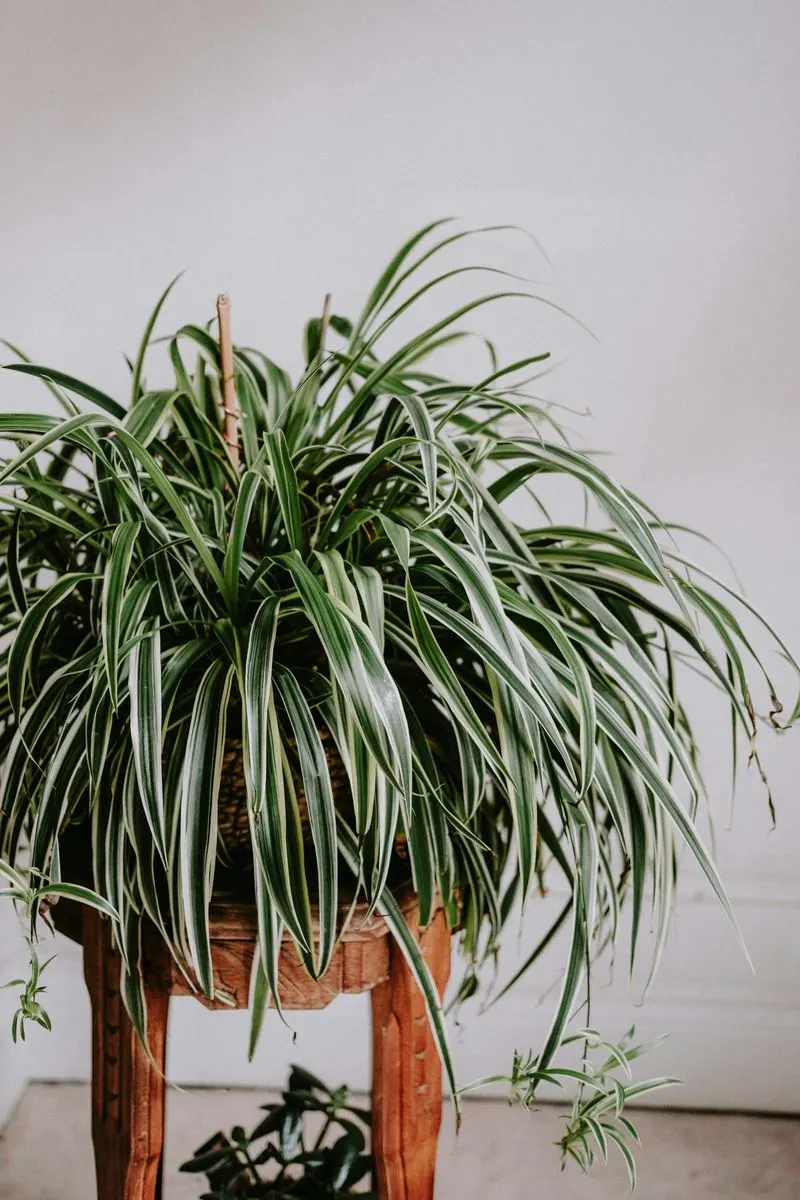
Known for its air-purifying qualities, the spider plant is a delightful addition to any classroom. Its cascading leaves resemble a fountain of green, adding vibrancy to the environment. Easy to care for, it thrives under a variety of conditions, making it ideal for busy teachers.
This resilient plant is non-toxic, ensuring safety around curious young students. Its ability to remove pollutants from the air aids concentration and creates a cleaner, healthier space.
A historical note: spider plants became popular in the 19th century, symbolizing resilience and growth.
Peace Lily
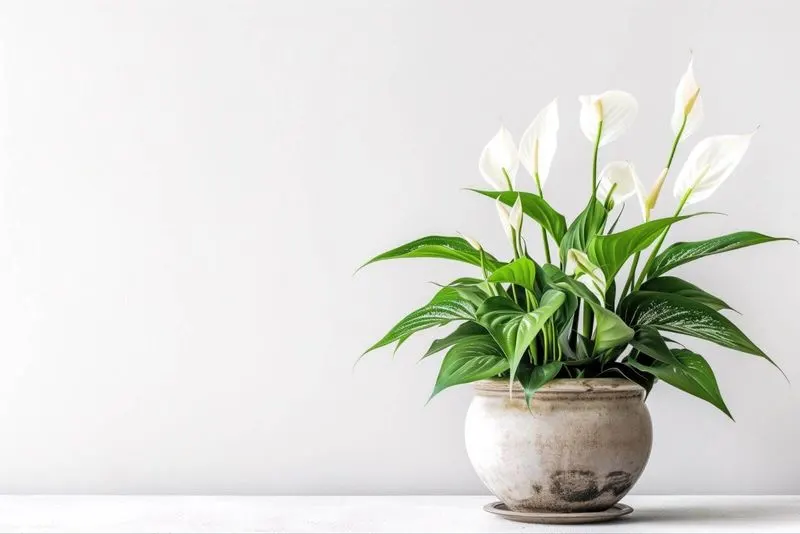
Elegance personified, the peace lily is renowned for its stunning white blooms and air-purifying properties. It thrives in low light, making it perfect for classrooms with limited sunlight. This plant absorbs harmful toxins, contributing to a healthier classroom atmosphere.
With its soothing presence, the peace lily encourages a serene environment, promoting student focus.
Interestingly, peace lilies are native to tropical regions of the Americas and have been associated with tranquility and peace in various cultures.
Aloe Vera
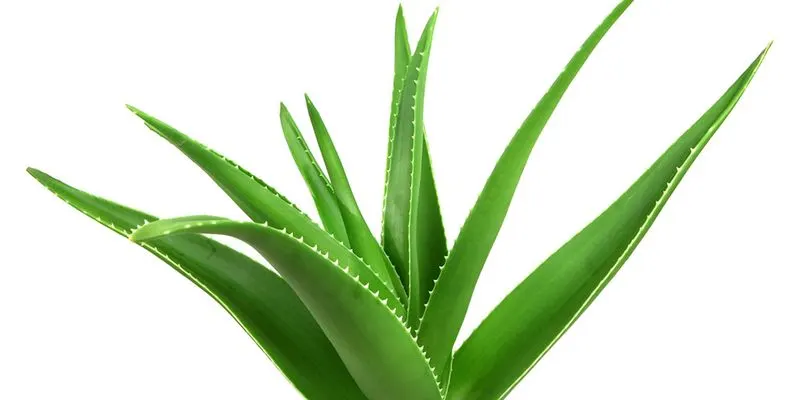
Aloe vera is not just a plant; it’s a natural healer with a rich history in medicinal use. Its thick, succulent leaves are filled with gel that has soothing properties. Placed in a sunny classroom corner, it can thrive with minimal care.
Aloe vera is known to improve air quality by removing toxins, helping students breathe easier. This enhances concentration and cognitive function.
Fun fact: Cleopatra famously used aloe vera as part of her beauty regimen, highlighting its esteemed reputation through the ages.
Boston Fern
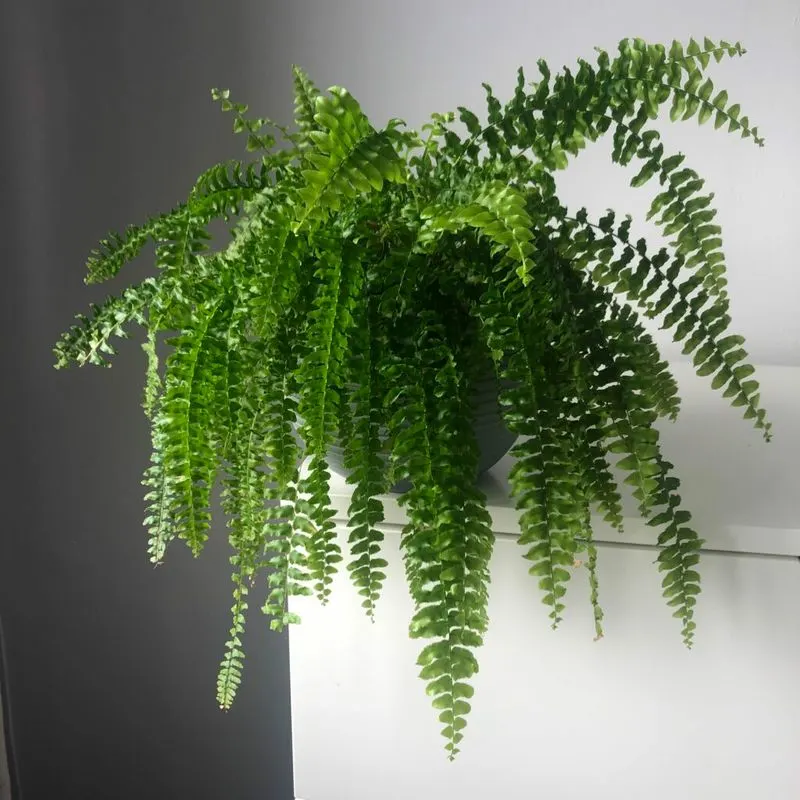
Boston ferns are the epitome of lush greenery, with fronds that fill spaces with life and beauty. They thrive in humidity, making them perfect for creating a refreshing classroom environment.
Their ability to remove air pollutants improves indoor air quality, contributing to better focus and mental clarity. A hint of nostalgia: Boston ferns were a favorite in the Victorian era, standing as a symbol of elegance and style.
With proper care, a Boston fern can be a long-lasting companion in the learning space.
Snake Plant
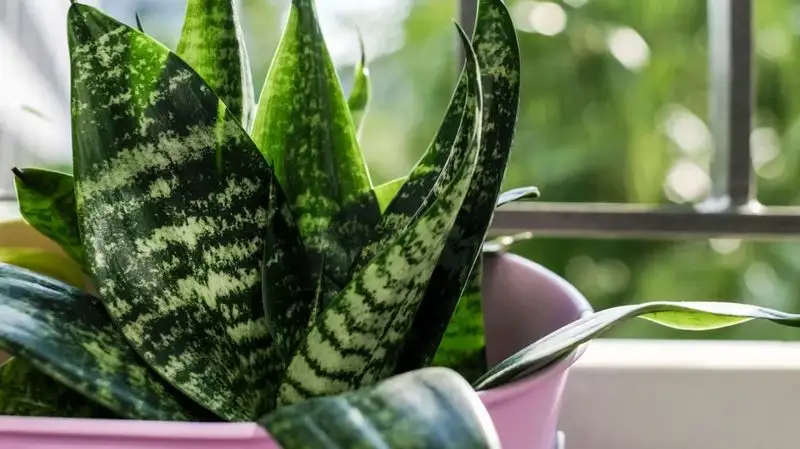
The snake plant, often called “mother-in-law’s tongue,” is a striking addition to any classroom. Its erect leaves and minimal care requirements make it a favorite among teachers.
Known for converting CO2 into oxygen at night, it improves air quality and supports cognitive function, fostering a better learning environment.
A quirky tidbit: snake plants are considered good luck in Feng Shui, believed to drive away negative energy. With its bold appearance, this plant commands attention and respect in any setting.
Lavender
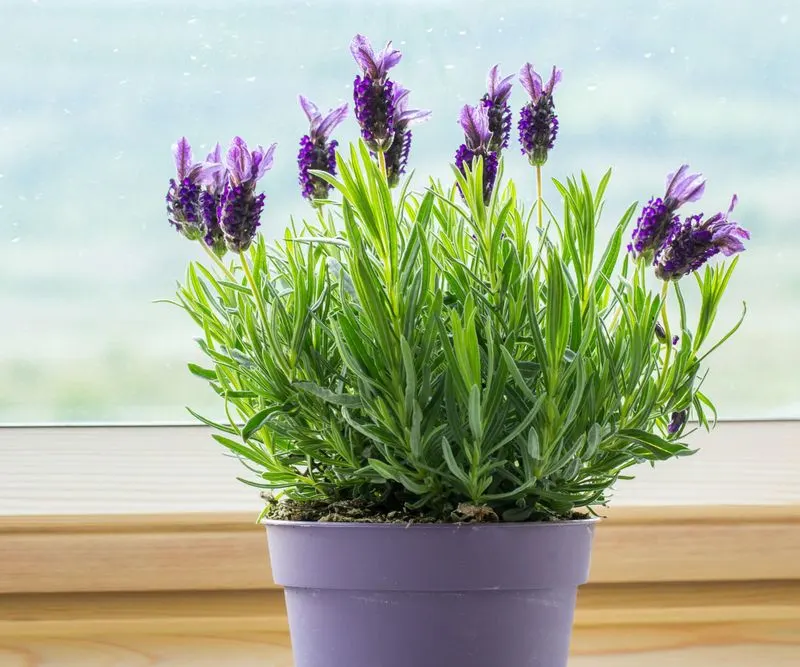
Lavender brings a touch of the countryside into the classroom with its aromatic scent and delicate purple flowers. Known for its calming effects, it can reduce stress and anxiety among students.
Placed in a sunlit spot, lavender thrives and fills the room with its soothing fragrance, enhancing focus and relaxation.
Historical nugget: lavender has been used for centuries in aromatherapy and medicine, valued for its healing and calming properties. It’s a sensory delight that nurtures both the mind and spirit.
English Ivy
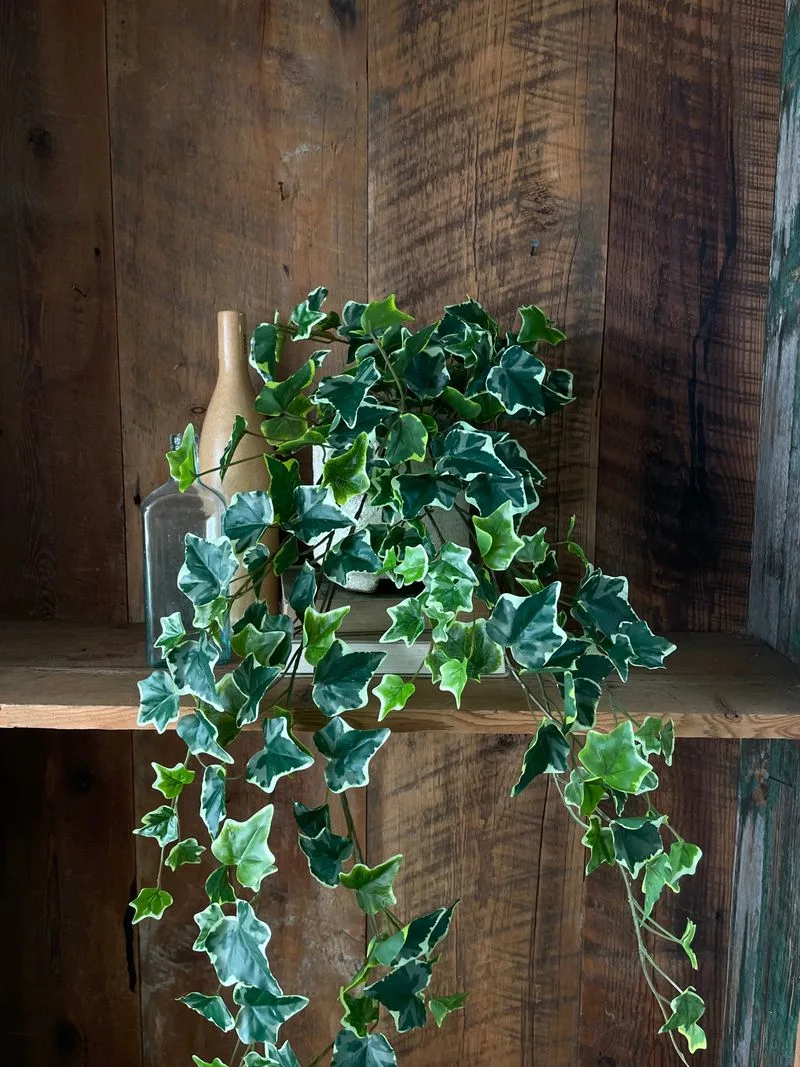
With its trailing vines and elegant leaves, English ivy is an attractive classroom plant. It is known for its ability to filter airborne toxins, improving overall air quality.
This resilient plant can grow in low-light conditions, making it ideal for indoor spaces. Its evergreen nature symbolizes eternal vitality and growth.
Interestingly, English ivy has roots in ancient Greece, where it was associated with Dionysus, the god of wine and revelry. It gracefully adds a touch of timeless beauty to any educational setting.
Bamboo Palm

Bringing a tropical vibe, the bamboo palm is cherished for its graceful, feathery fronds. It thrives in indirect light, making it well-suited for classrooms.
This palm is an excellent air purifier, removing toxins and contributing to a healthier, more focused atmosphere. Its presence adds a refreshing splash of green, boosting the overall aesthetic.
Fun fact: the bamboo palm is one of NASA’s top-recommended plants for improving indoor air quality, underscoring its effectiveness as a natural air filter.
Jade Plant
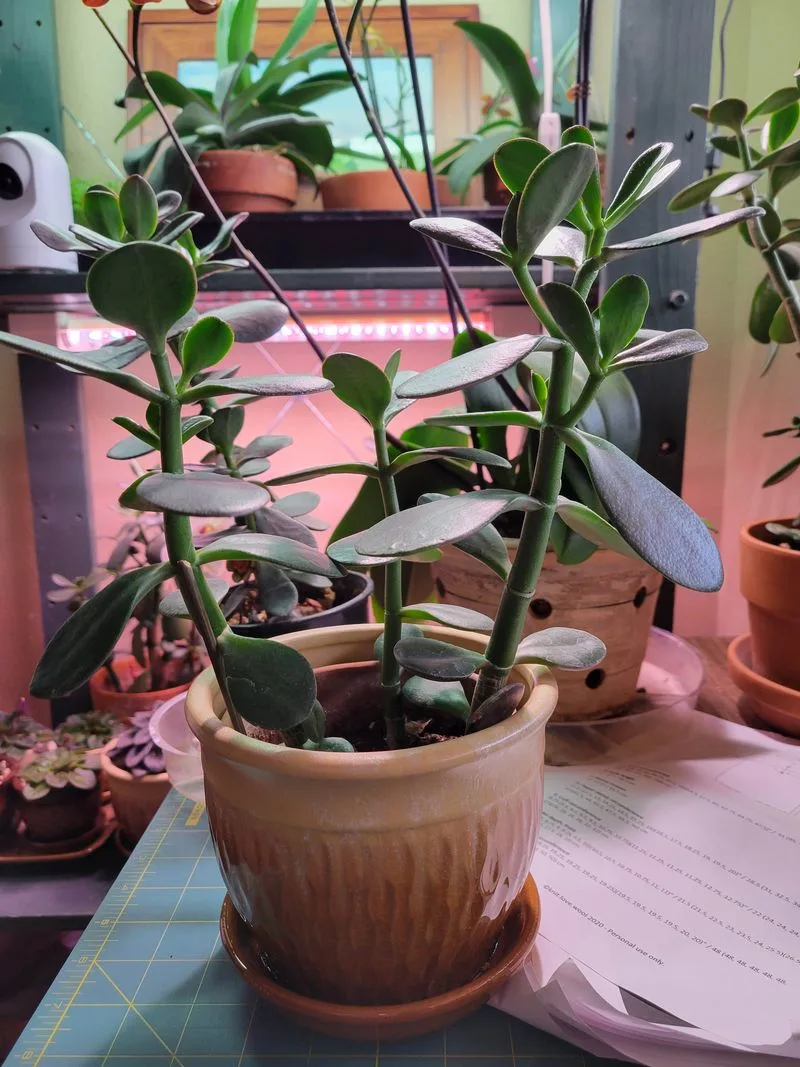
The jade plant, with its thick, glossy leaves, is a symbol of prosperity and good fortune. Easy to care for, it thrives in sunny classrooms and requires minimal watering.
Its presence is believed to promote positive energy and concentration, making it a popular choice in educational spaces. The jade plant’s robust nature reflects resilience and endurance.
In Chinese culture, the jade plant is often given as a gift for good luck, further cementing its reputation as a bringer of positive vibes.
Pothos
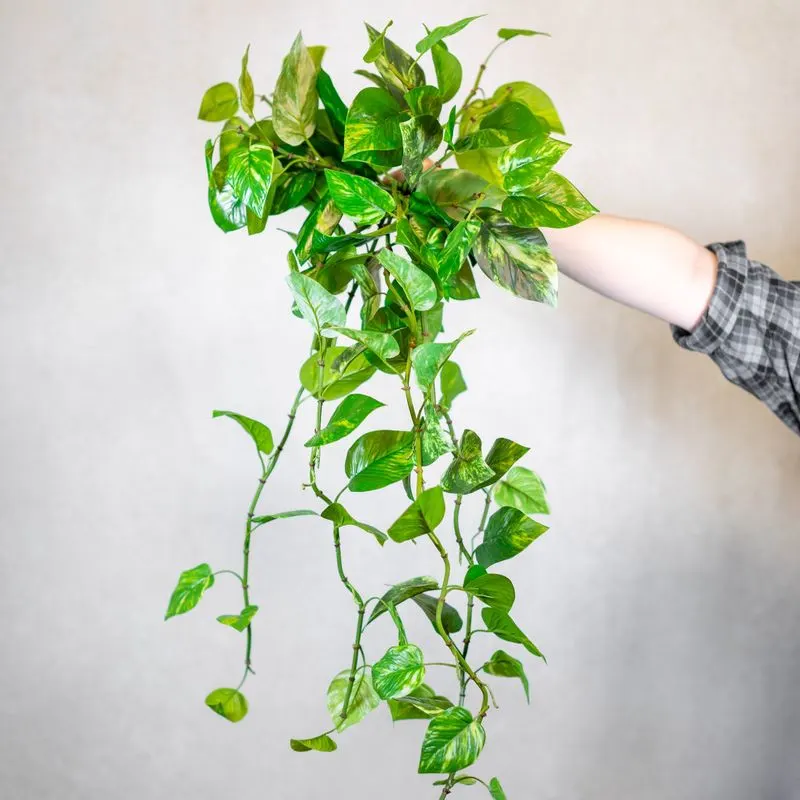
Pothos, with its heart-shaped leaves, is a beloved classroom plant for its ease of care and adaptability. It thrives in various lighting conditions, making it versatile for different classroom environments.
This plant is renowned for its air-purifying qualities, helping reduce indoor pollutants and enhance focus. Its trailing vines can create a beautiful, natural decor.
Did you know? Pothos is often called the “devil’s ivy” because it’s nearly impossible to kill, symbolizing perseverance and resilience. It’s a steadfast companion in any learning space.
Rubber Plant
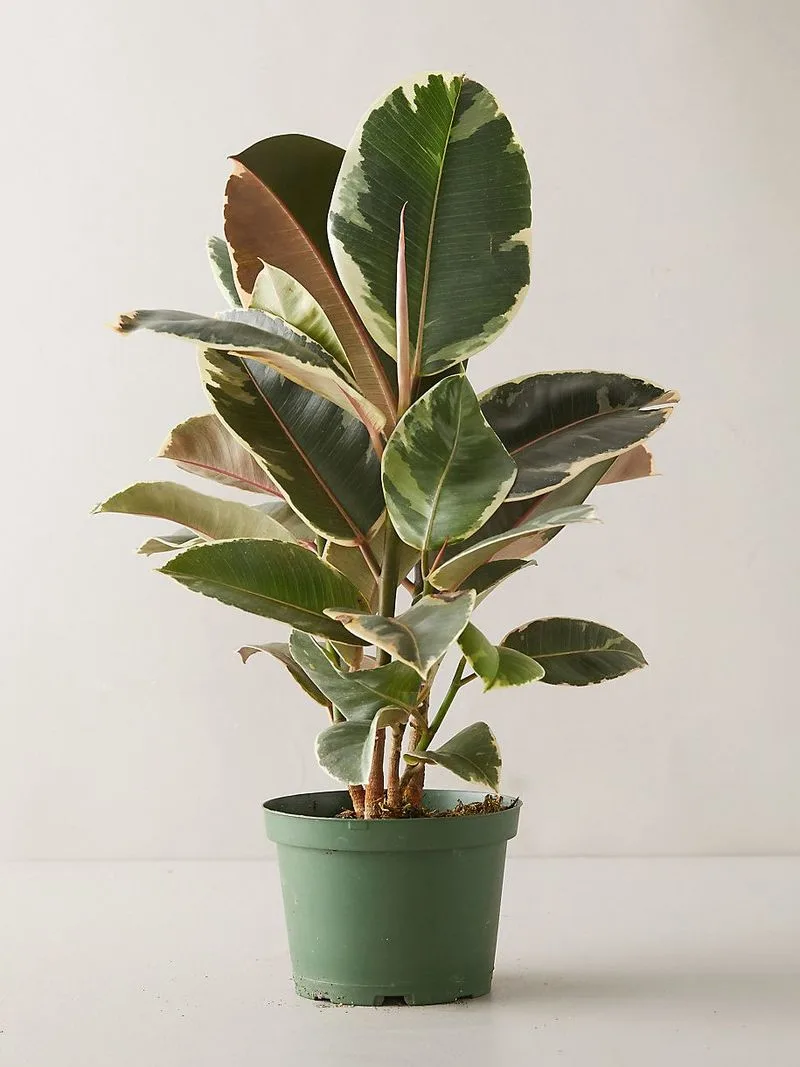
The rubber plant, with its broad, glossy leaves, is a striking addition to any classroom. It thrives in bright, indirect sunlight and requires minimal maintenance.
Renowned for its air-purifying capabilities, it contributes to a cleaner, more focused learning environment. Its strong presence adds a touch of elegance and sophistication.
Fun tidbit: the rubber plant gets its name from the latex it produces, which was once used to make rubber products. It’s a testament to nature’s versatility and resourcefulness.
ZZ Plant
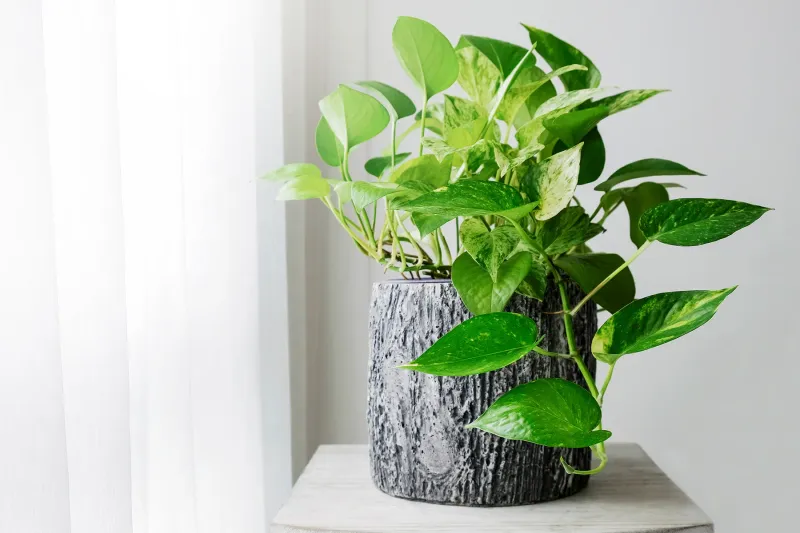
The ZZ plant is a marvel of durability and aesthetic appeal. Its waxy, dark green leaves bring a sense of tranquility and order into the classroom. It tolerates low light and requires minimal care, making it perfect for busy school environments.
This plant’s ability to improve air quality supports better cognitive function and focus. Its striking appearance adds a modern touch to any educational space.
Fun fact: the ZZ plant is native to Eastern Africa and is celebrated for its ability to thrive under neglect, symbolizing endurance and stability.
Mint
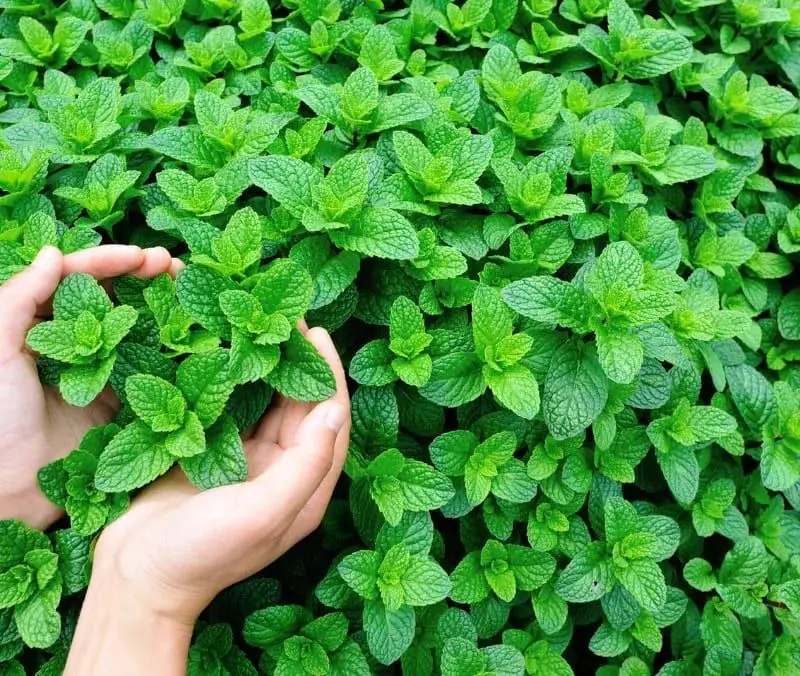
Mint is a fragrant herb that brings a refreshing aroma to the classroom. Known for its invigorating scent, it can stimulate the senses and promote alertness among students.
When placed in a sunny spot, mint grows quickly and requires regular watering, offering a hands-on learning experience for students. Its presence encourages curiosity and engagement.
Historically, mint has been used for centuries in culinary and medicinal applications, valued for its therapeutic properties. It’s a functional plant that nurtures both the body and mind.
Basil

Basil, with its aromatic scent and lush green leaves, is a delightful addition to any classroom. Its fresh aroma can invigorate the senses and enhance concentration.
Placing basil in a sunny spot allows it to flourish, providing an interactive learning opportunity for students. Its presence brings a touch of the outdoors inside.
Did you know? Basil has been revered since ancient times for its culinary and medicinal uses, symbolizing love and fertility. It’s a plant that enriches both the environment and the spirit.
Philodendron

The philodendron, with its large, lush leaves, is a classic indoor plant that brings vitality and freshness to the classroom. Known for its ability to thrive in low light, it’s easy to care for and adapts well to various conditions.
This plant’s air-purifying properties enhance the learning environment, promoting focus and clarity. Its presence adds a vibrant, natural touch to the space.
Fun fact: philodendrons are native to the tropical Americas and have been used in traditional medicine, highlighting their historical significance.
Chamomile

Chamomile, with its dainty white flowers and soothing aroma, is a plant cherished for its calming effects. It can help reduce stress and create a tranquil classroom environment.
This plant thrives in sunny spots and can be a wonderful project for students to nurture and tend. Its presence encourages relaxation and focus.
Historically, chamomile has been used in herbal teas and remedies, symbolizing peace and healing. It’s a gentle companion that supports a harmonious learning atmosphere.
Rosemary
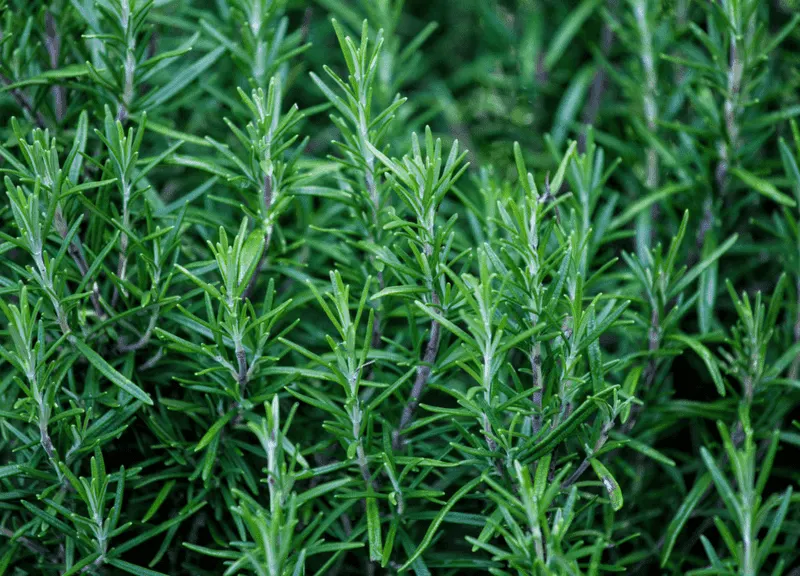
Rosemary, with its invigorating scent and spiky leaves, is a stimulating addition to the classroom. Known for its memory-enhancing properties, it can promote focus and alertness.
This hardy herb thrives in sunny locations and requires regular watering, providing an interactive element for students. Its presence enriches the classroom with a touch of nature’s vitality.
Did you know? Rosemary has been associated with remembrance since ancient times, often worn by Greek scholars during exams. It’s a plant that nurtures both the mind and soul.
Geranium
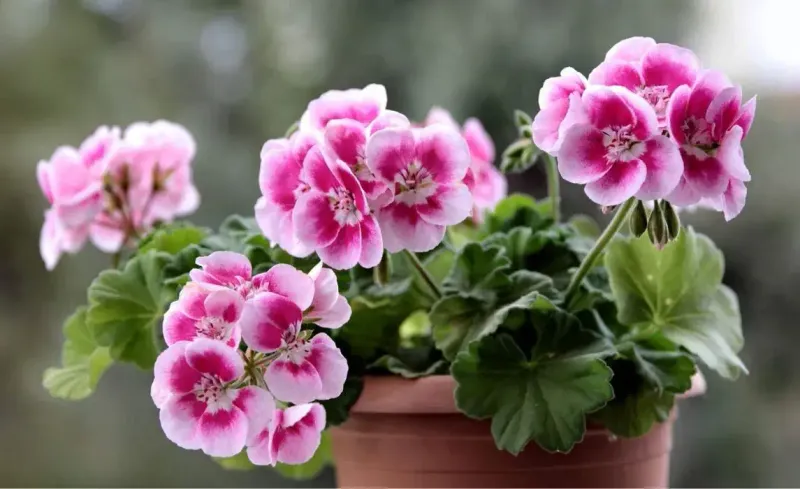
Geraniums, with their vibrant blooms and fragrant leaves, add a splash of color to any classroom. Known for their uplifting scent, they can enhance mood and foster a sense of well-being.
These plants thrive in sunny spaces and require regular watering, offering a lively element to engage students. Their presence adds a cheerful, dynamic touch to the learning environment.
Historically, geraniums have been used in aromatherapy and herbal remedies, symbolizing health and happiness. They’re a colorful companion that brightens the educational space.
Thyme
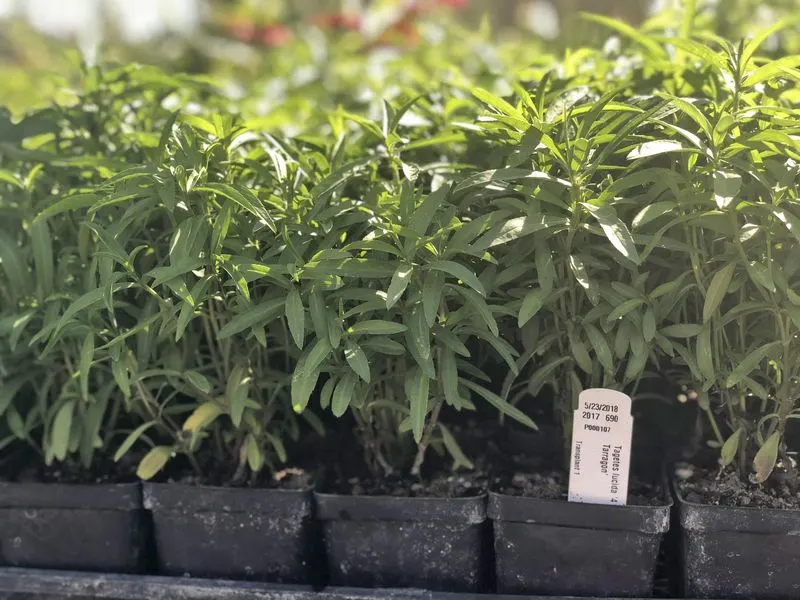
Thyme, with its tiny, fragrant leaves, is a charming herb that brings an earthy aroma to the classroom. Known for its antibacterial properties, it can contribute to a cleaner, healthier environment.
This plant thrives in bright light and offers a hands-on learning experience for students as they nurture its growth. Its presence encourages exploration and curiosity.
Did you know? Thyme has been used since ancient times for medicinal purposes, symbolizing courage and strength. It’s a plant that enriches both the mind and the spirit.
Fiddle Leaf Fig
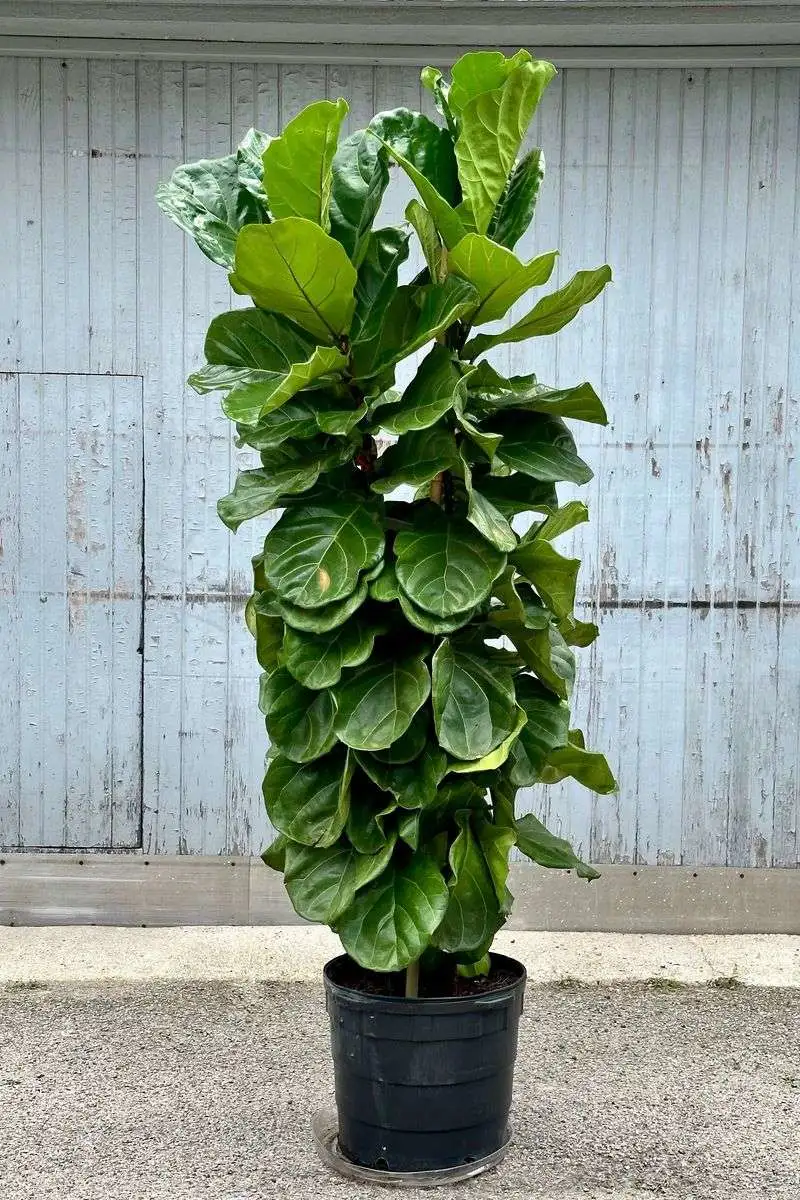
The fiddle leaf fig, with its large, glossy leaves, is a statement plant that brings elegance and sophistication to the classroom. It thrives in bright, indirect light and requires attentive care.
Known for its air-purifying qualities, it enhances the learning atmosphere and supports focus and concentration. Its striking appearance adds a contemporary touch to any educational setting.
Fun fact: the fiddle leaf fig is native to West Africa and has become a popular choice in interior design, symbolizing growth and prosperity.
Lemon Balm

Lemon balm, with its lemony scent and lush green leaves, is a refreshing herb that invigorates the classroom. Known for its calming properties, it can reduce anxiety and promote focus.
This plant thrives in sunny spots and requires regular watering, making it a dynamic addition to the learning environment. Its presence encourages a sense of calm and well-being.
Historically, lemon balm has been used in herbal teas and remedies, symbolizing comfort and rejuvenation. It’s a delightful companion that nurtures both the mind and spirit.
Orchid
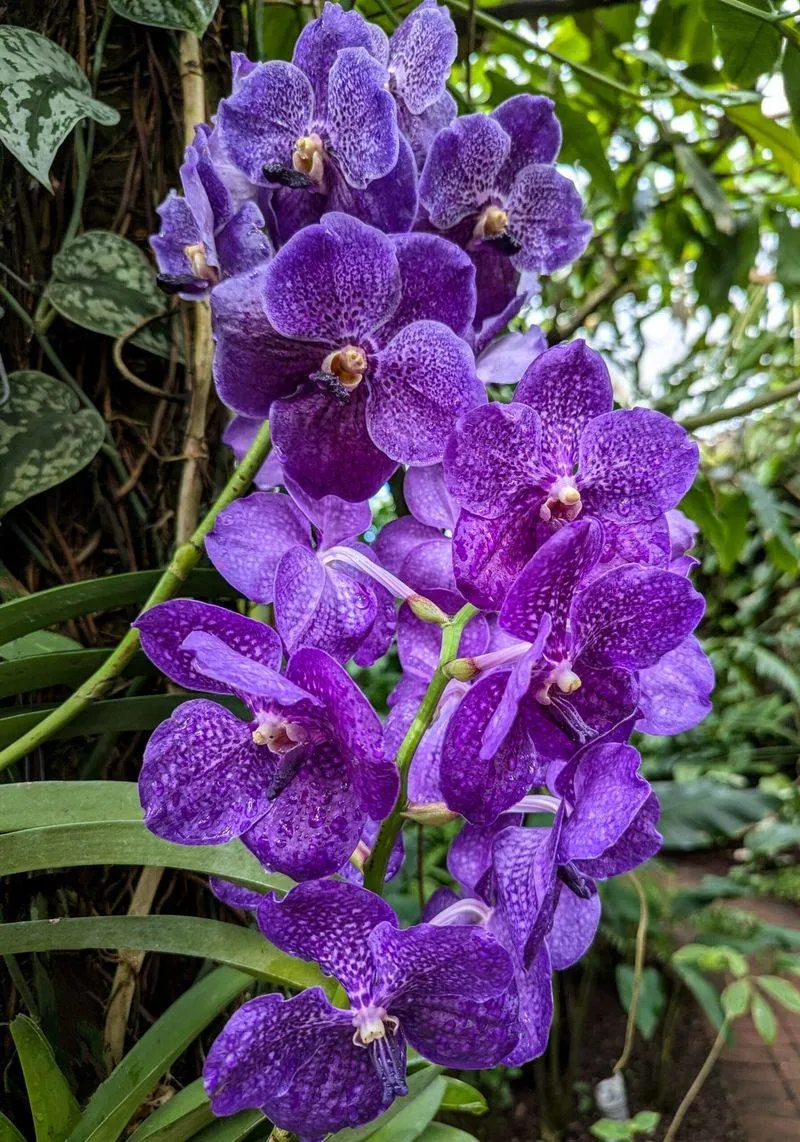
Orchids, with their exotic beauty and delicate flowers, bring a touch of grace to the classroom. Known for their air-purifying abilities, they contribute to a fresher, more focused environment.
These plants thrive in bright, indirect light and require careful attention, offering students an opportunity to learn about responsibility and care. Their presence adds an element of sophistication and elegance.
Fun fact: orchids are one of the largest plant families, with over 25,000 species, symbolizing beauty and diversity.
Daffodil

Daffodils, with their cheerful yellow blooms, bring a burst of color and joy to the classroom. Known for their uplifting presence, they can enhance mood and foster positivity among students.
These springtime flowers thrive in sunny spots and require moderate care, offering a lively element to engage students. Their presence adds a dynamic touch to the educational space.
Historically, daffodils have symbolized new beginnings and renewal, making them a perfect companion for the learning journey.
Parlor Palm

The Parlor Palm brings a whisper of tranquility to any classroom. Known for its ability to thrive in low-light conditions, this palm is ideal for indoor spaces with limited sunlight. In addition to its aesthetic appeal, it acts as a natural air purifier, enhancing the air quality around it.
The gentle sway of its feathery fronds can evoke a sense of calm and concentration among students. Its low maintenance nature makes it a favorite among teachers, requiring little more than occasional watering.
Did you know? The Parlor Palm was a popular houseplant in Victorian parlors, prized for its elegant appearance and resilience.

